Have you ever pet a cat or picked it up, and it started making a purring sound? From an early age, we are taught this means the cat is happy. Read on to find out exactly why the cat makes this sound!
What is a purr?
A purr is a special sound that sounds like a vibration. It is a tonal sound that is made by cats, amongst other animals.
How do cats purr?
Cats use the muscles in their larynx and diaphragm to make this purring sound. This is done both during inhaling and exhaling.
6 reasons why cats purr?
Now that we have established that cats purr let us address a very important question. Why do cats purr? Here are six reasons why cats purr.
A deeper connection
Cats often purr when they are pets or are in contact with a human. It is very common for a cat to do so. If you ever stroke your cat or pick it up and place it in your lap and it starts purring, that means it is forming a connection with you. That is why purring is often connected to pleasure. It feels close to you and trusts you. This is a positive thing, as it may mean your cat is friendly enough with you and considers you an ally.
Hungry
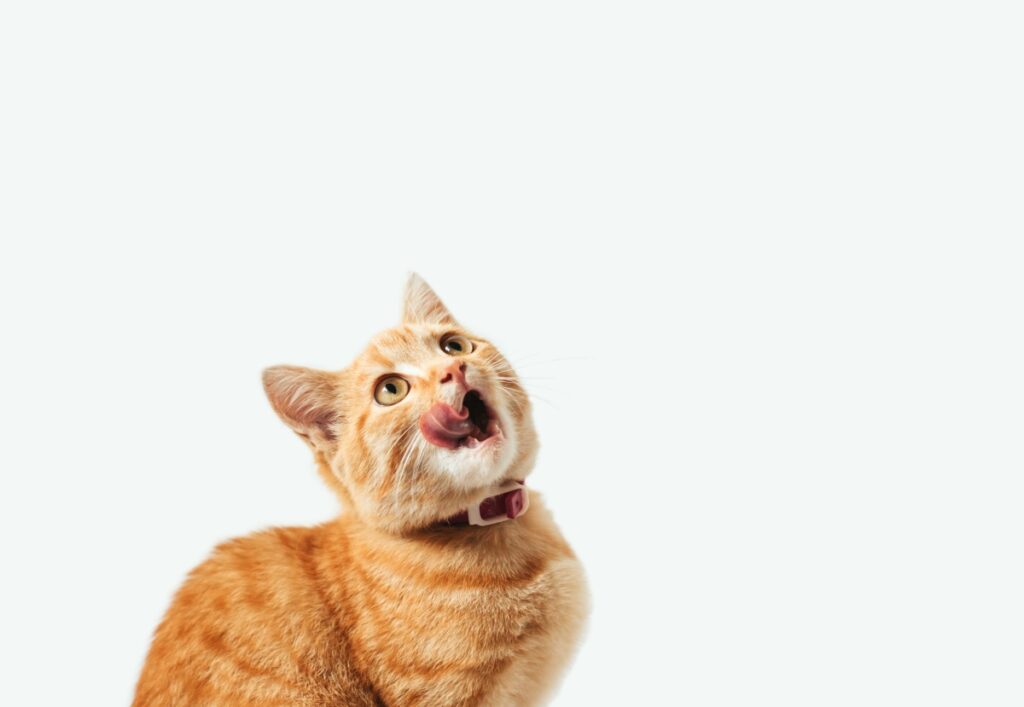
Your cat may be hungry. Studies have found that cats often purr when they are hungry. This is their way of telling you that you need to feed them! It is a form of communication. Your cat may be trying to convince you it’s dinnertime, so listen carefully!
Locating
When kittens are born, they usually cannot walk or see very well. They need the help of their mother to complete simple yet necessary tasks such as feeding themselves or bathing themselves. They cannot do these on their own. So, to attract their mother and signal her to come to get them, kittens will often purr. This grabs the attention of the mother cat so that she can come and nurse her kitten.
Soothing themselves
Other than trying to form a deeper connection with their human, many cats also purr when they are in stressful situations and need to calm themselves down. Just like us humans tend to do activities such as laugh, cry, pace inside a room, bite our nails or even clean our desks, researchers have found that cats will lay down and purr in stressful situations so that they may calm themselves down. Other researchers have found that when one cat is injured, the other cat may lay down next to it and purr, so essentially soothing themselves and the other cat.
Crying
There was a study in 2009 about purring, where it was found that cats can hide crying in the form of purring. So you would think that it is a cat’s purr, but they are actually crying. This type of purring usually sounds like a crying baby, which is deliberate.
This is done to produce a nurturing instinct from their owner as if they are taking care of a baby. This is done by cats when they are distressed. Many studies have found that cats purr when sad or upset. The reason for being distressed can range anywhere from being lonely to being hungry.
A new environment
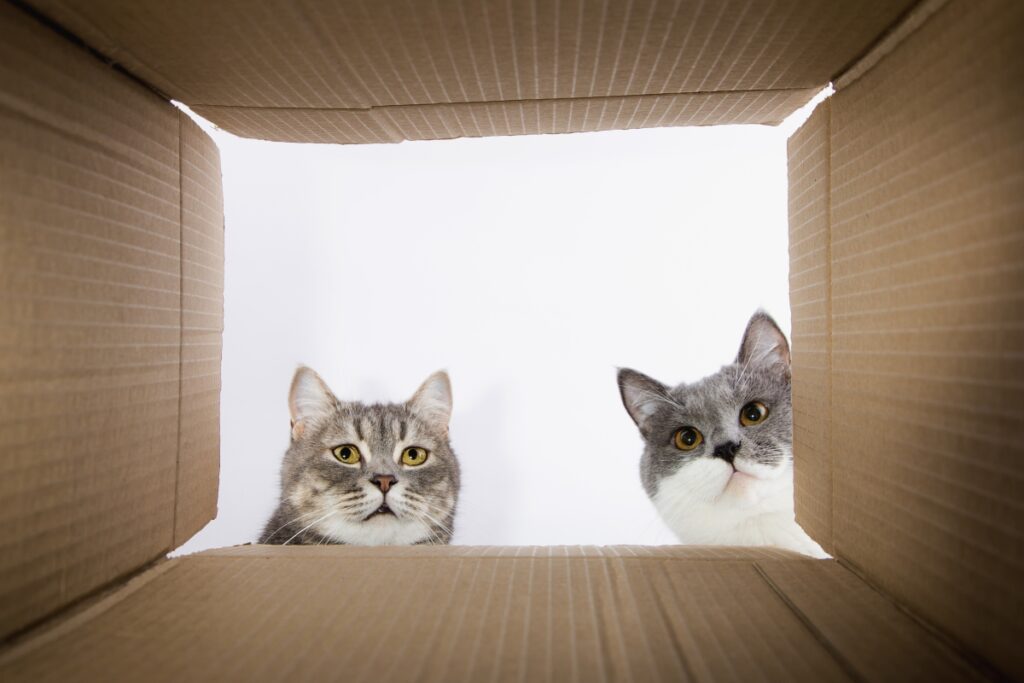
Sometimes, when cats are put in unfamiliar situations, they may feel stressed, happy, or just curious. This often happens when people change houses or whatever place they are living in and take their cats with them. The cat will need some time to get adjusted to the new living space, and it may go around in every corner purring. This is just a form of communication. It helps the cat get comfortable with the new environment as its new home.
Different purrs
The general belief is that all cats purr. However, this is not the truth. It varies from cat to cat. Some cats purr all the time, or very frequently, and some never do. This depends on the nature of the cat and the upbringing of that cat. There are also many different ways cats purr. Some cats purr in a very low-pitched voice, and some in a high-pitched voice. This also varied greatly on the personality of the cat.
However, different tones are also used to communicate different things to the owner. For example, a cat’s purr that sounds like a crying baby is done deliberately to tell the owner they are upset. A low-pitched purr may be done when the cat feels close to the owner and comfortable enough.
Healing
It has been found that a cat’s purr is actually a form of healing too. A purr is essentially a vibration. This vibration is beneficial to the cat, as it physically rejuvenates the cat and actually promotes bone growth. After taking on stress, this is the perfect way for the cat to heal itself. It is also a sort of low-maintenance exercise for cats.
Cats spend a lot of the day sleeping or resting, so they can save themselves from over-exertion. Purring is a great way to keep their bones and muscles in the best condition and keep themselves overall healthy.
Healing for humans
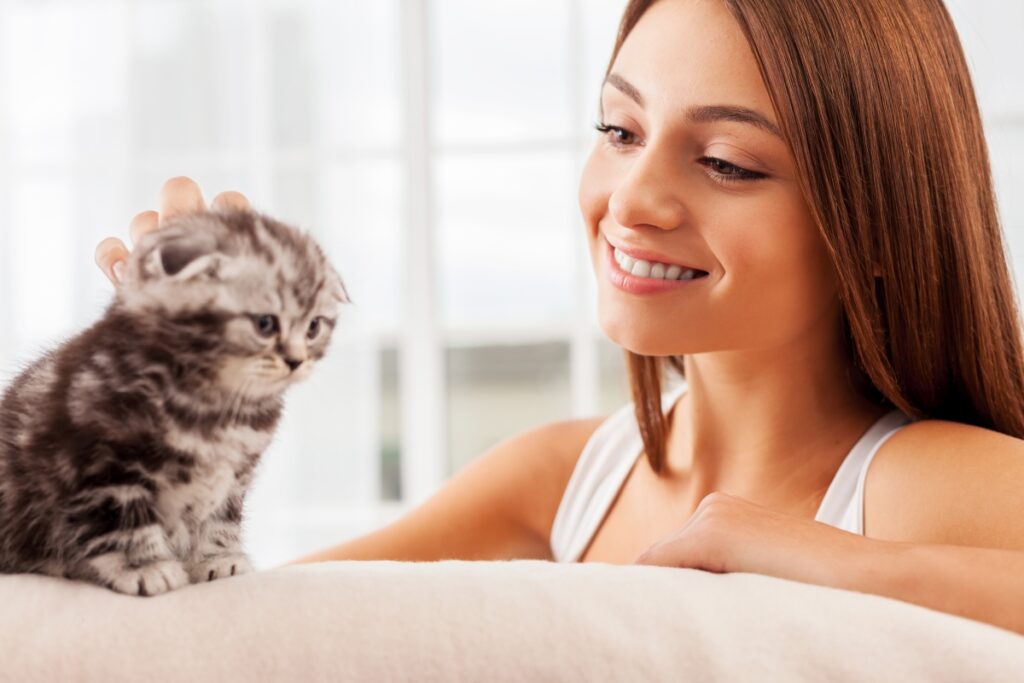
Purring is not just a form of healing for cats; it is actually a form of healing for humans too. Petting a cat while it purrs can be good for the human heart too, and actually reduce the risk of stroke.
Read the room
Cats purr in many situations, so there is not just one set reason for them to be purring. It is a good idea to read the room, or rather to check the context when trying to draw a conclusion. If your cat starts pestering you around the time you normally feed it, it is probably just hungry and reminding you to give it food. If your cat purrs when you pet it, it may be feeling love for you. If you walk into a room and your cat rubs its head against your foot and purrs, chances are it’s’ just happy to see you!

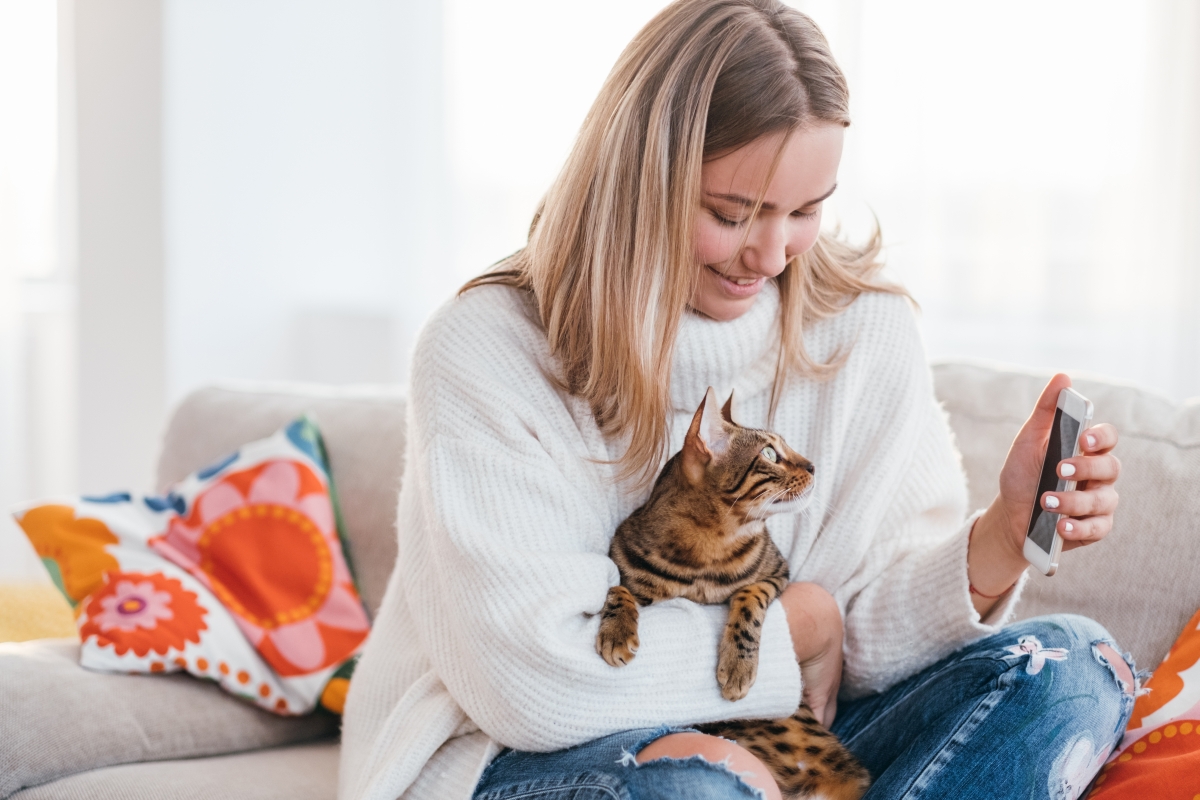
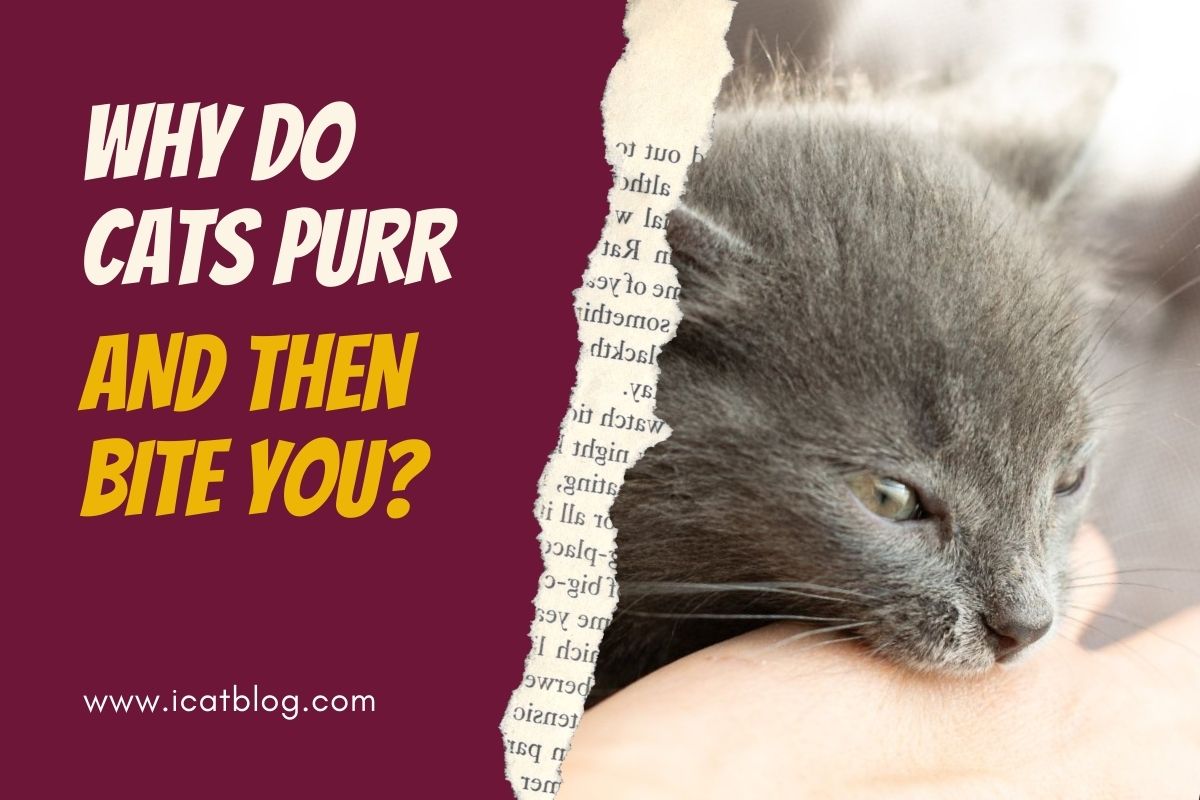
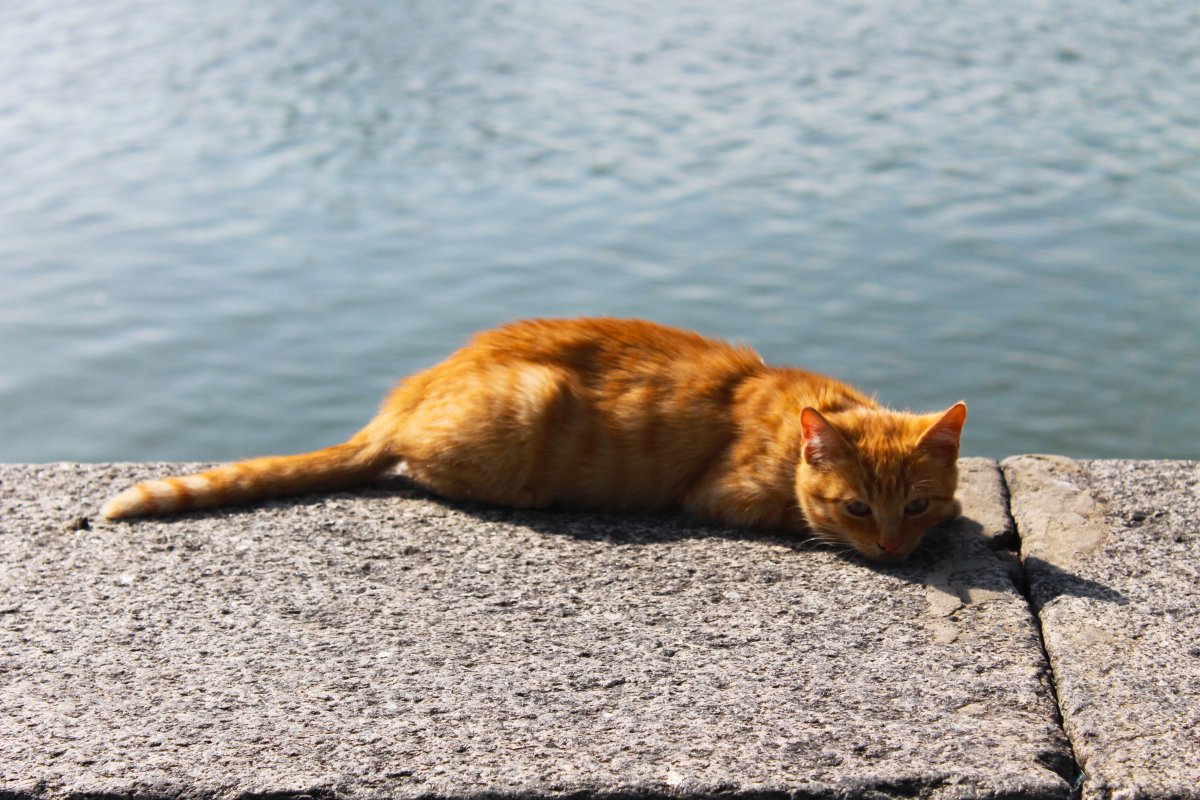
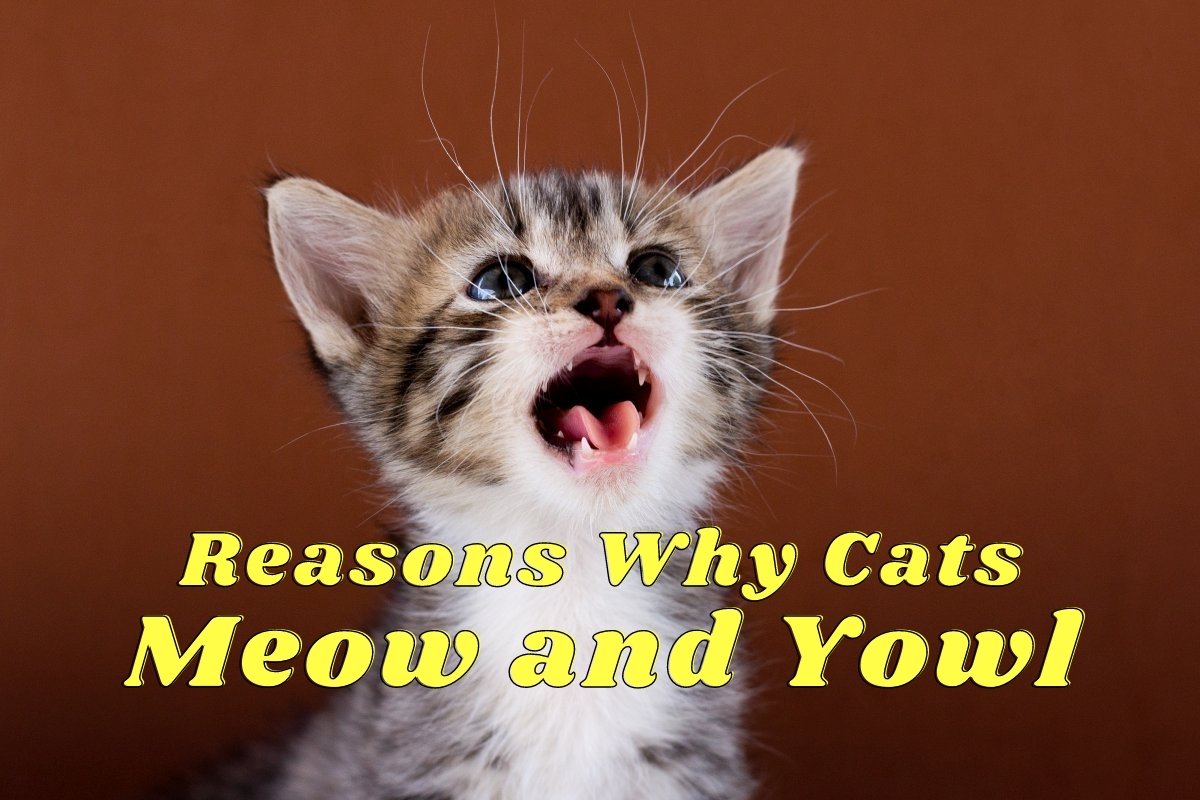
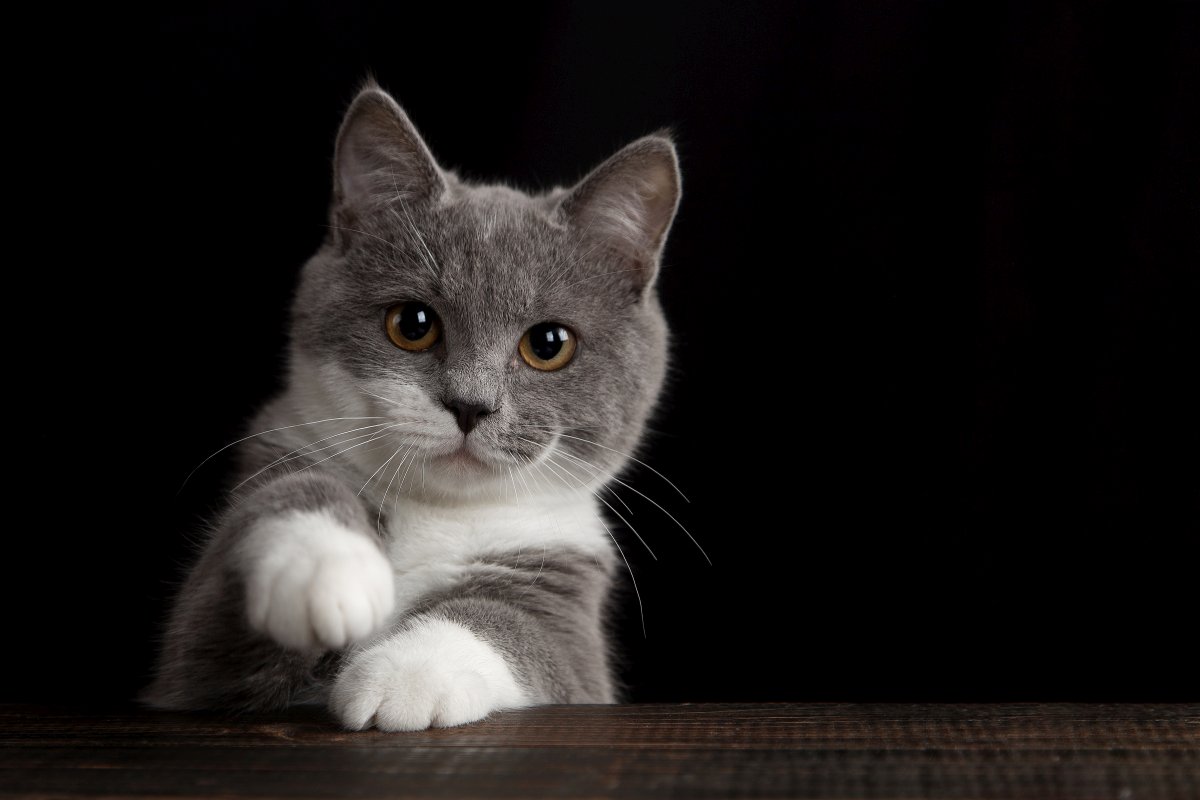
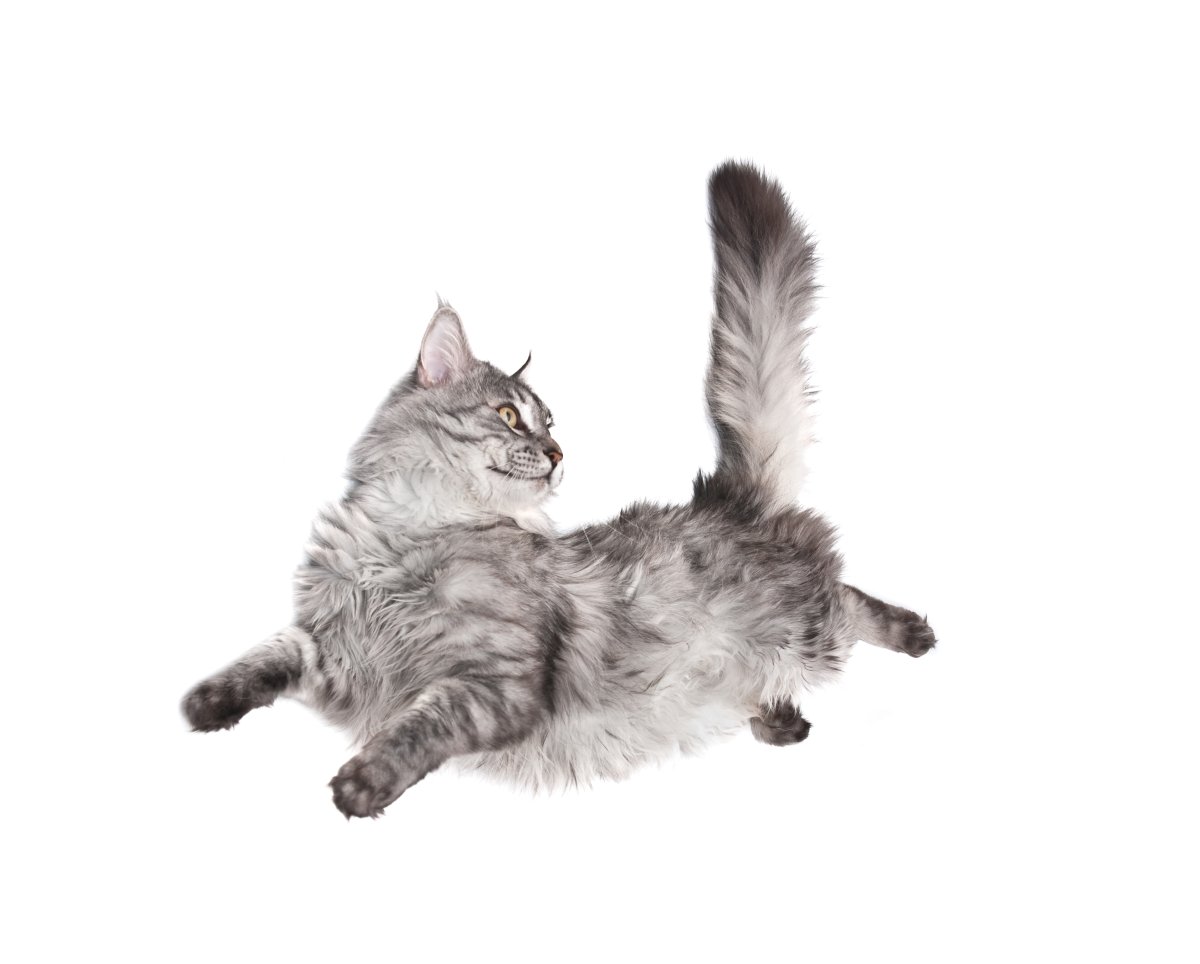
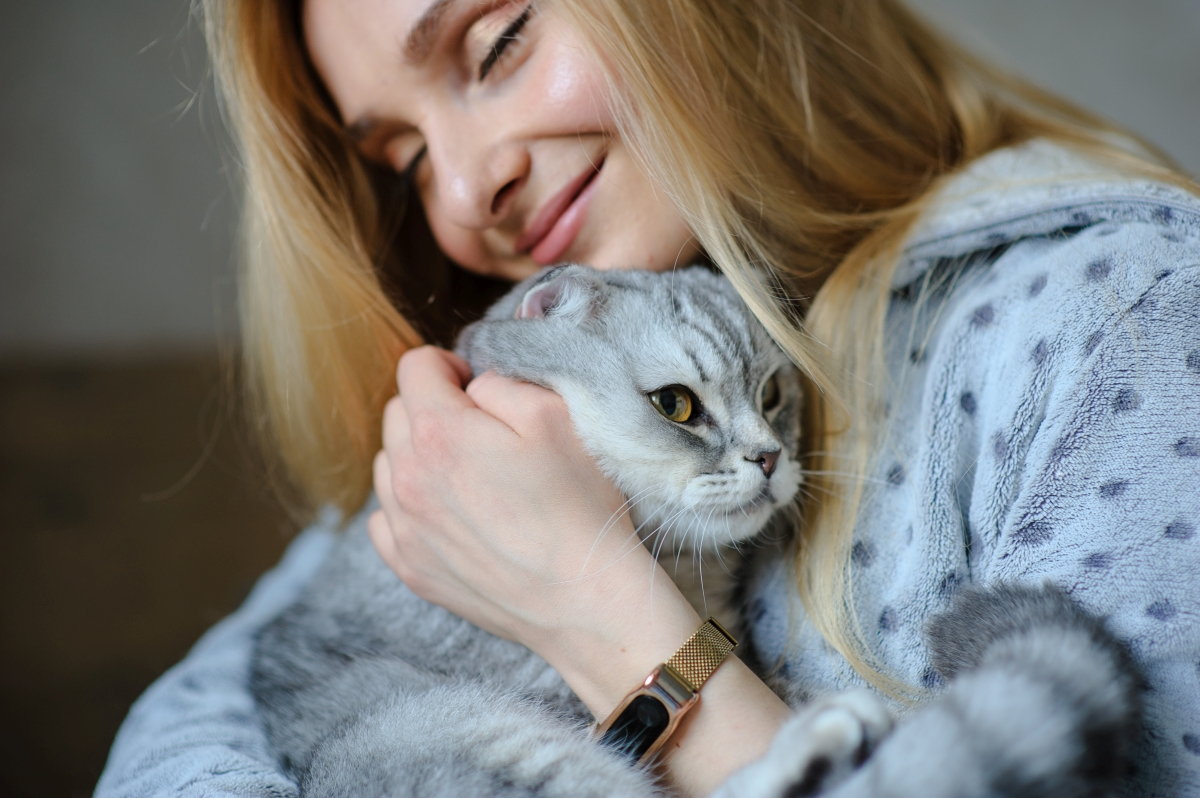
10 comments